By Louise Irvine
In ancient mythology, birds were believed to mediate between heaven and earth. They are also associated with fire in myths of the world. Alchemists observing them in flight recognized them as human souls undergoing spiritual development. Different birds symbolized the stages of soul alchemy from the black crow to the white swan, the peacock, the pelican, and the mythical phoenix. Fantasy birds of all types are found in Royal Doulton’s fabulous Sung glazes and Wedgwood’s Fairyland Lustre wares.
Phoenix
The phoenix is a sacred firebird with beautiful red and gold plumage and jeweled eyes. It is found in many ancient mythologies where it is likened variously to a stork, a peacock, or an eagle. At the end of its life, the phoenix builds itself a nest of twigs, which catches fire from the sun’s rays, and a new young bird arises from the ashes. In this way, the phoenix is reborn over and over throughout eternity.
The phoenix is a symbol of triumph over adversity and it represents excellence in achievements or people. It was the personal emblem of Queen Elizabeth I and was often used in European heraldry. The phoenix later became a symbol of Christ, the resurrection and immortality.
Firebird
A Russian folktale inspired the Firebird ballet which was first performed by the Ballets Russes in 1910. The Firebird is captured by Prince Ivan in an enchanted garden where 13 beautiful princesses are imprisoned by an evil magician. The Firebird bartered for her release and could be summoned by waving her feather for magical assistance. After an infernal dance when everyone falls asleep from exhaustion, the Firebird leads the prince to an egg which holds the magician’s immortality and it is cast to the ground to break the evil spell.
The ballet was hugely successful and many artists captured images of the Firebird which inspired feathered fashions of the era. Georges Barbier used the exotic Firebird in advertisements for Worth, the famous French fashion house, and these illustrations inspired Sally Tuffin of the Dennis Chinaworks to design her Phoenix vase.
Bird-of-Paradise
New Guinea tribes often used flamboyant bird-of-paradise plumes in their rituals and the feathers were popular to adorn ladies’ hats in Europe, so much so that some species became endangered. The exotic bird was described as a living angel and the “bird of God.” Myths claimed that the fantastical bird-of-paradise had no feet and remained in endless flight. This belief arose because native traders prepared specimens without wings or feet so that they could be used as decorations. Some early explorers believed they had found the mythical phoenix.
Peacock
During the Middle Ages times, the showy peacock symbolized pride which was considered one of the worst sins. Medieval bestiaries warned that the satisfaction gained from the peacock’s tail feathers waned when compared to its ugly feet. The peacock was one of the symbols of the Greek goddess Hera, known as Juno to the Romans. She was drawn through the heavens in a chariot pulled by peacocks and in a fit of jealousy she placed the 100 eyes of her watchman Argus on the peacock’s feathers.
Flying peacocks, exotic birds-of-paradise, Firebirds, and phoenix images are often found on Royal Doulton vases decorated with rouge flambé and Sung glazes. WMODA has several vases from the Art Deco era featuring fantasy birds soaring in the sky with their swirling tail feathers.
Fenghuang
The Chinese Phoenix is the Western name for the Fenghuang which is a firebird with the head of a pheasant and tail of a peacock. It is sometimes described as a kind of fairy pheasant, adorned with every color and graceful in its form and motions. In Chinese mythology, the Fenghuang personifies the primordial force of the heavens. It only appears when a perfect ruler is on Earth and has not been seen since the days of Confucius.
The Fenghuang is also called the August Rooster as it sometimes takes the place of the rooster in the Chinese zodiac. Originally, the feng was the male of the species and the Huang was the female but the Chinese no longer distinguish the genders and the auspicious feminine Fenghuang is often paired with the masculine dragon. Daisy Makeig Jones, the designer of Wedgwood’s Fairyland Lustre, visualized the Fenghuang as a combination of peacock, bird-of-paradise, and Argus pheasant.
Argus Pheasant
The Argus Pheasant from Southeast Asia is closely related to the peacock. It is believed to take its name from the hundred-eyed giant Argus from ancient Greek myth because of all the tiny white spots on its plumage pattern. Its mating display is spectacular and was depicted in The Descent of Man by Charles Darwin. Daisy Makeig Jones designed an Argus Pheasant pattern for Wedgwood luster in 1928 which was also known as Phoenix.
Roc
This enormous bird appears in The Arabian Nights during Sinbad the Sailor’s second voyage. Illustrations show the roc destroying entire ships in revenge for destruction of its giant egg as recounted in Sinbad’s fifth voyage. An illustration by Ulisse Aldrovandi from 1599 includes a woodcut of a roc with an elephant in its talons.
The roc probably derived from the Persian name for a magical bird called the simurgh. As well as its ability to fly with heavy cargo, the divine simurgh ended its long life by plummeting into its own funeral pyre like a phoenix.
Daisy Makeig Jones imagined the roc as a bird-like creature with the wings of a bat and included it perched on a tree in her Ghostly Wood design. The Roc also threatens Daisy’s imps as they cross the bridge from their tree house and appears on a series of plates named after the bird.
Hummingbirds
The Hummingbird is native to the Americas and takes its name from the humming sound created by their beating wings when hovering to feed on nectar. They are known for their brilliant iridescent plumage but Daisy Makeig Jones made them even more fanciful in her Wedgwood luster designs of Flying Hummingbirds. The Aztec god of war is often depicted as a hummingbird and it was believed that fallen warriors would return to earth as hummingbirds and butterflies.
Read more about Peacocks...
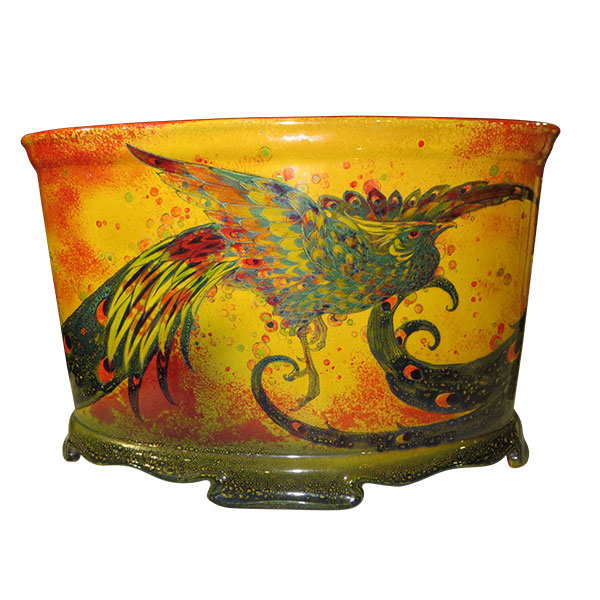
Royal Doulton Sung Flying Peacock
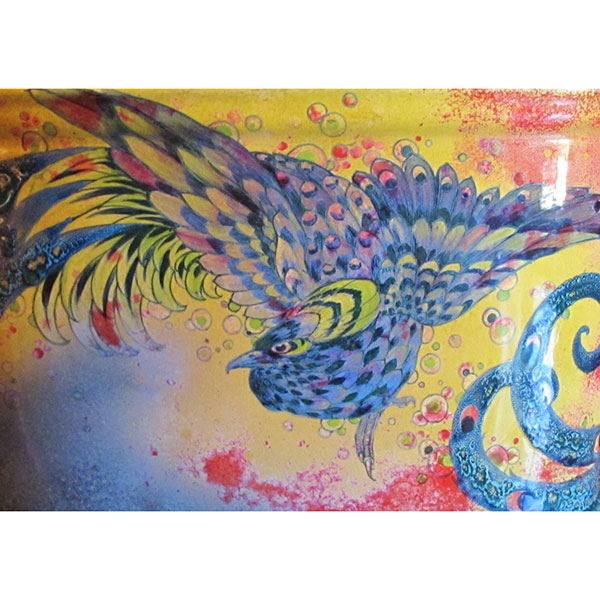
Royal Doulton Sung Peacock Detail
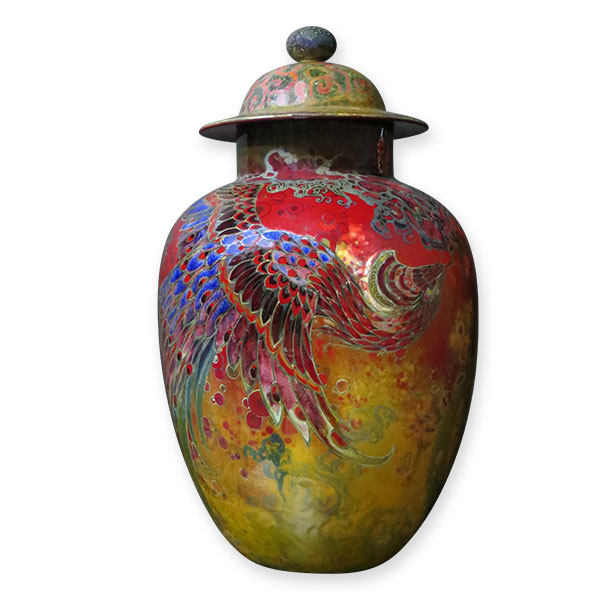
Royal Doulton Sung Peacock Jar
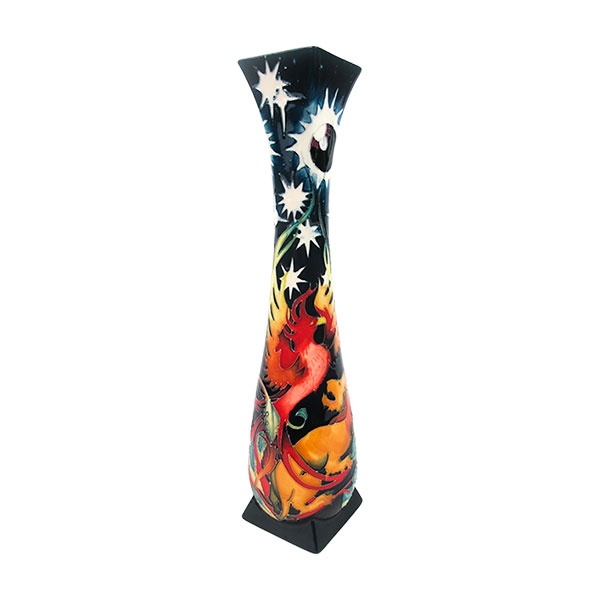
Moorcroft Phoenix Vase
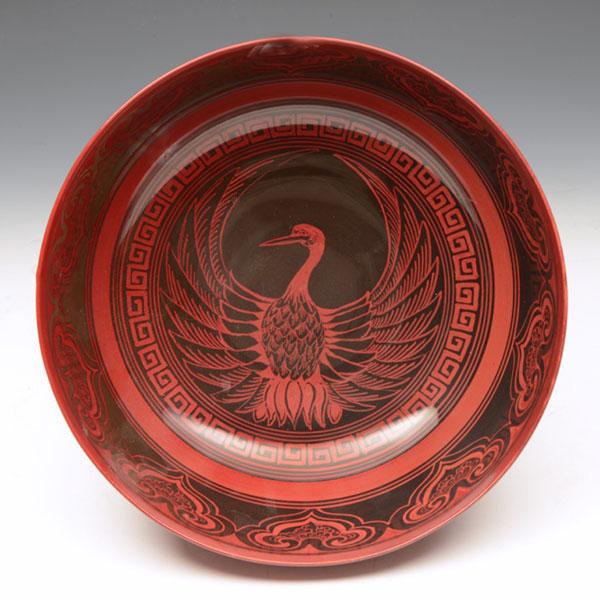
Bernard Moore Phoenix Charger
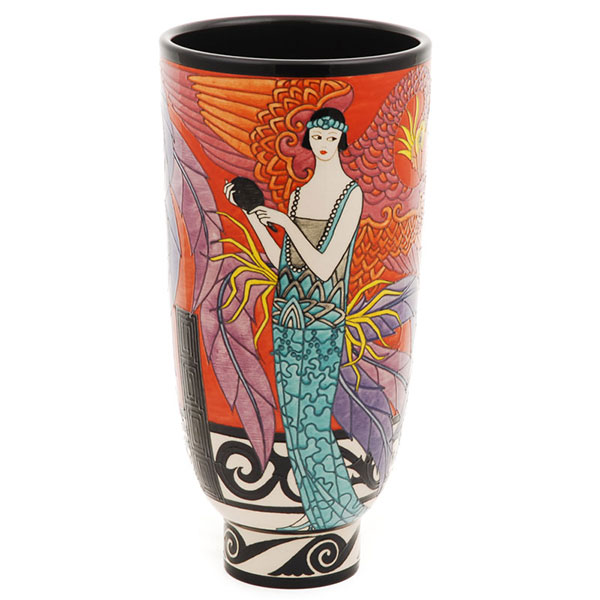
Dennis Chinaworks Phoenix Vase
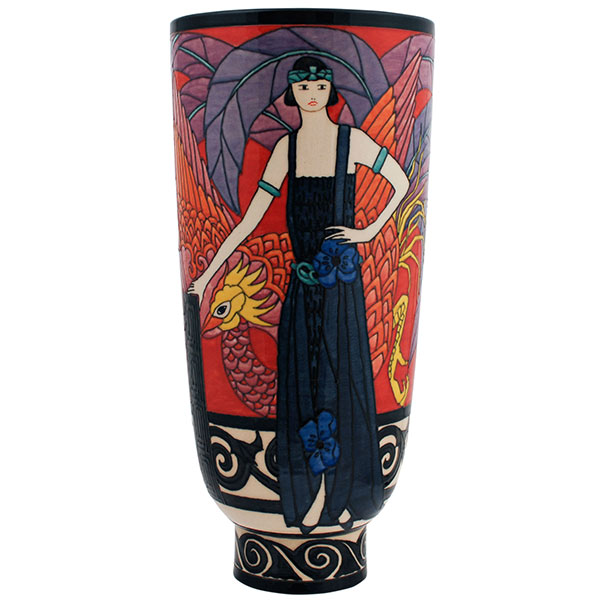
Dennis Chinaworks Phoenix Vase
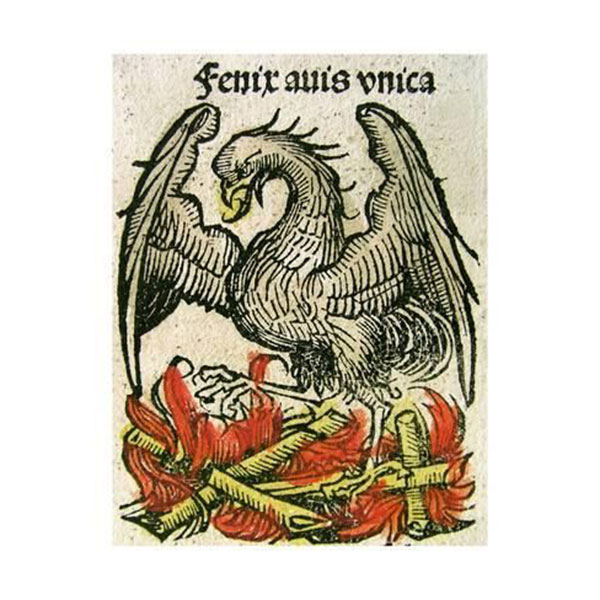
Phoenix Nuremberg Chronical
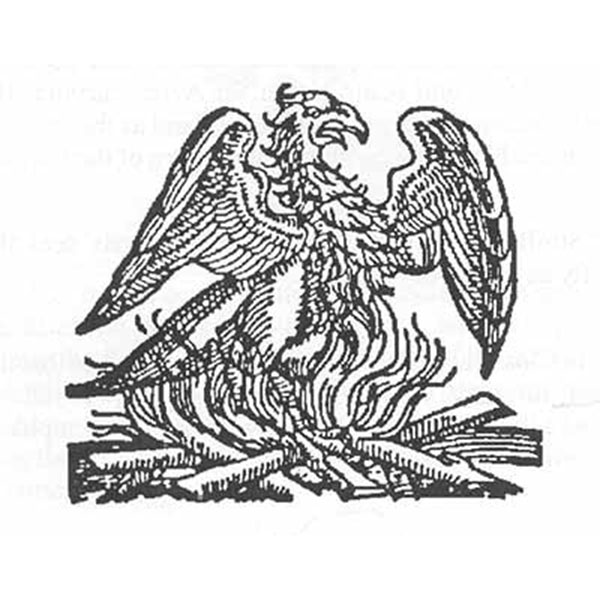
Phoenix
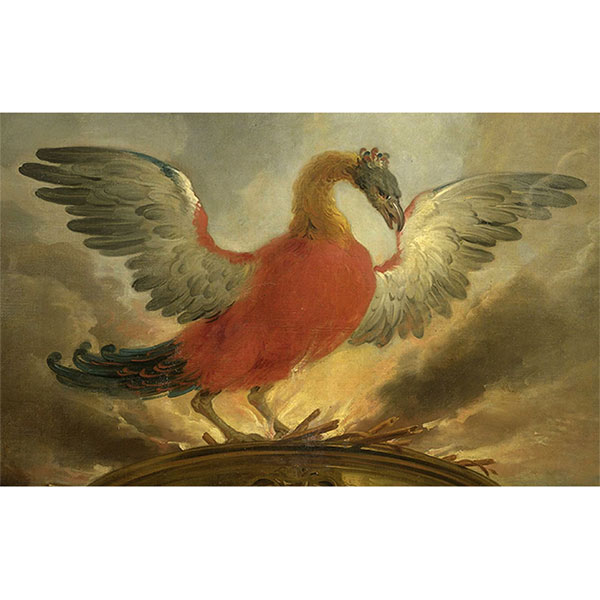
Phoenix in Flames
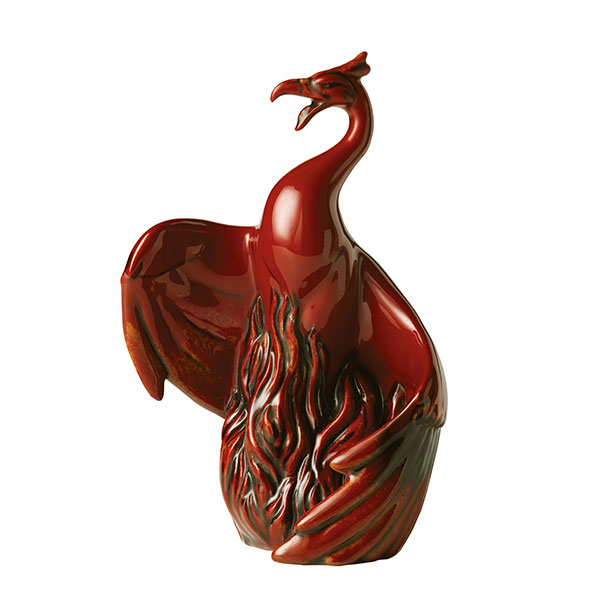
Royal Doulton Phoenix
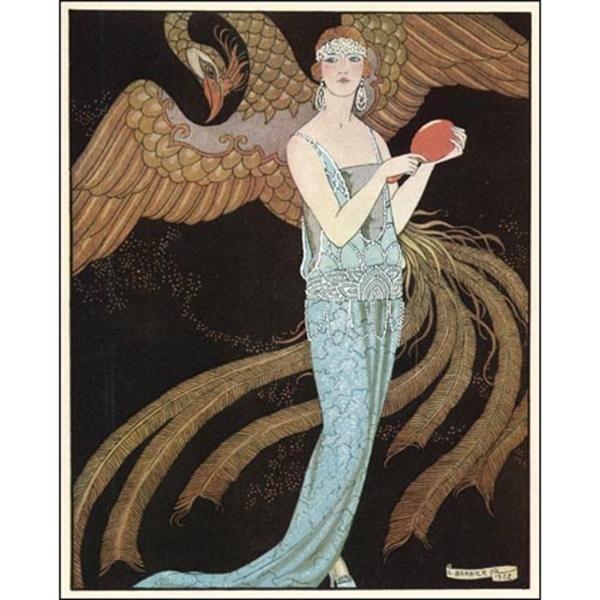
Worth Phoenix Advert G. Barbier
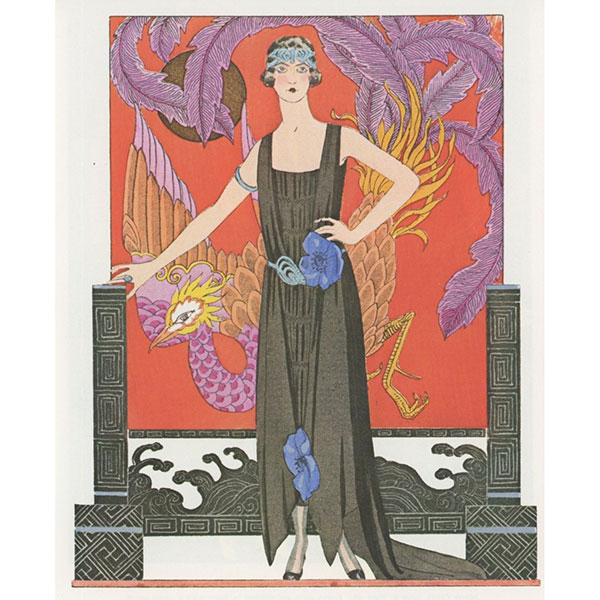
Worth Phoenix Advert G. Barbier
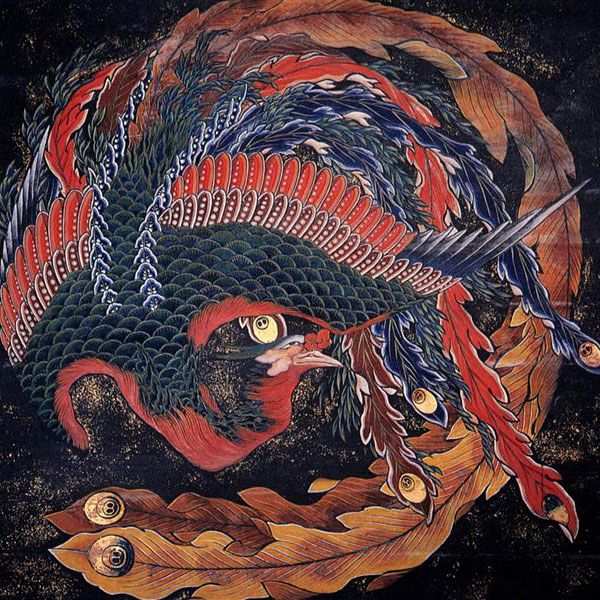
Phoenix Hokusai
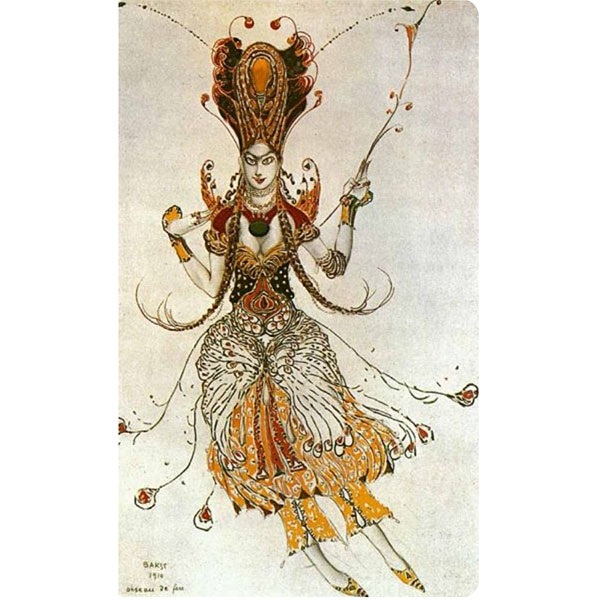
Firebird Costume L.Bakst
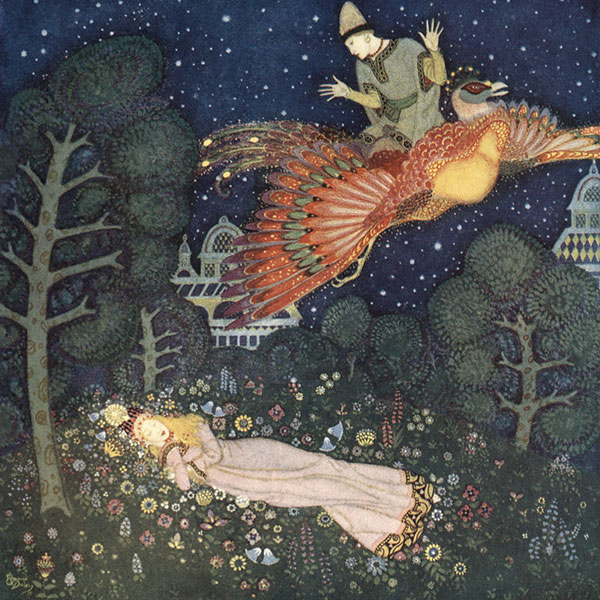
Firebird E. Dulac
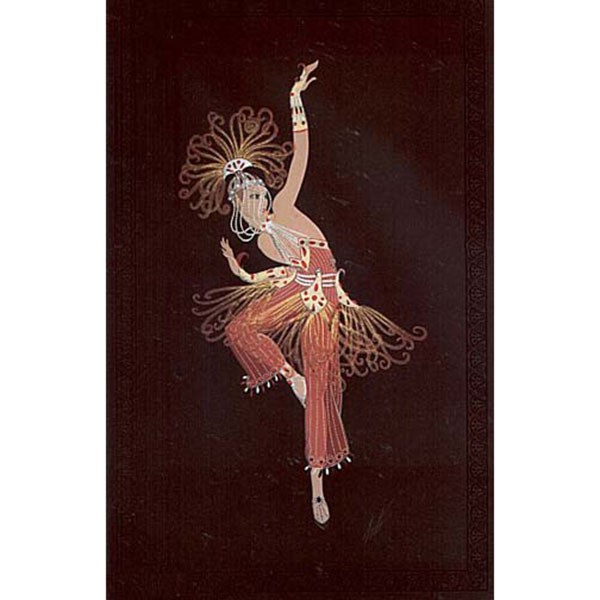
Firebird Erte
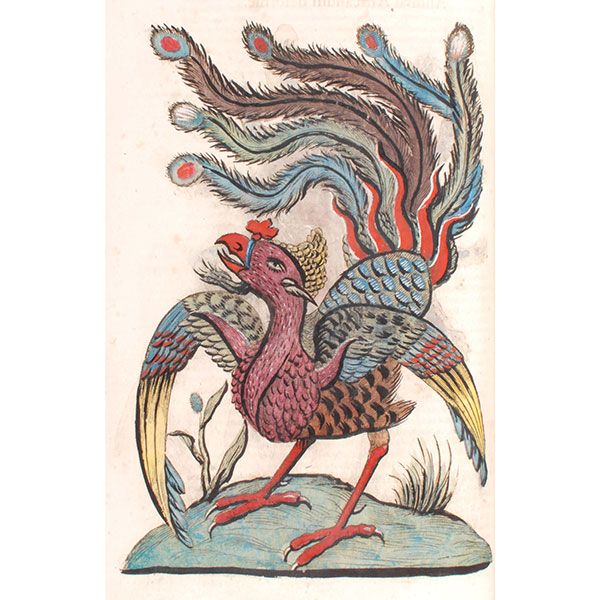
Indian Rooster Aldrovandi's History of Monsters
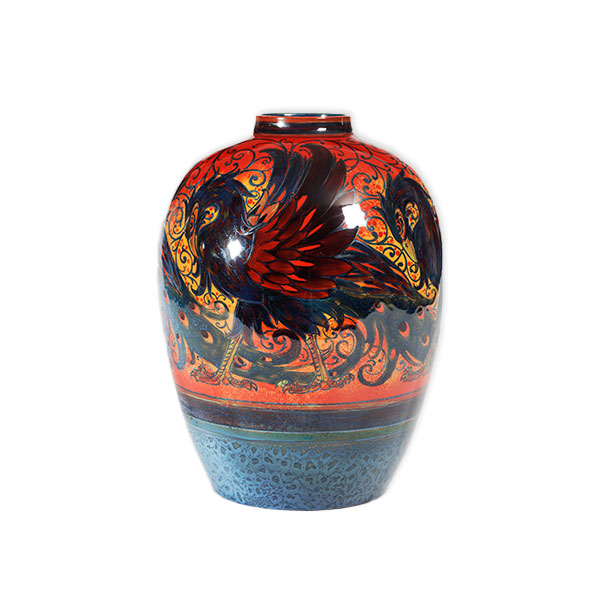
Royal Doulton Sung Vase
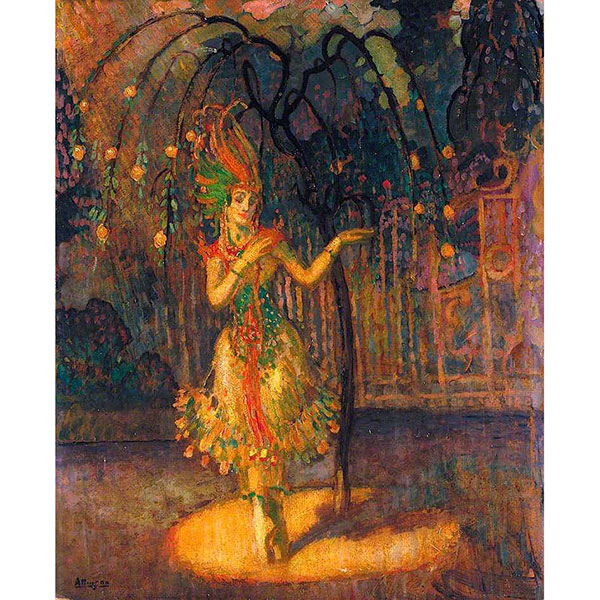
Tamara Karsavina as a Firebird A. P. Allinson
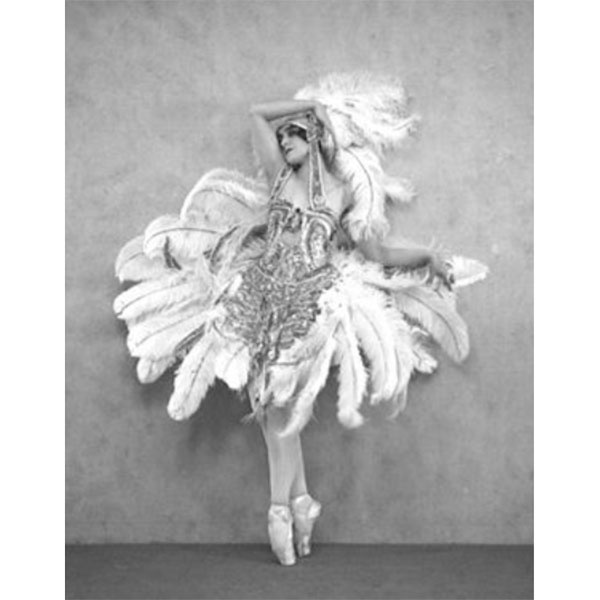
Vera Fokine as the Firebird Ballet Russes
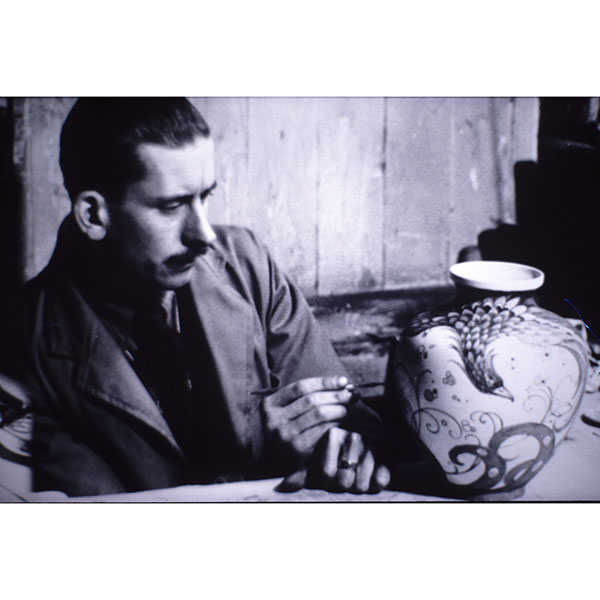
Fred Moore Painting Royal Doulton Vase
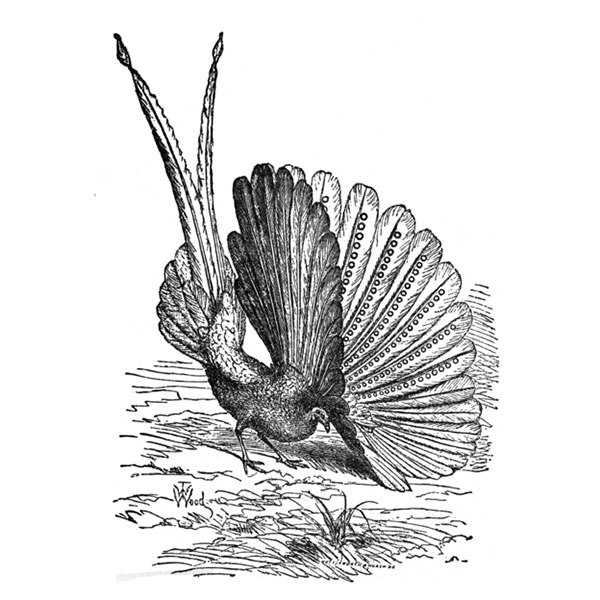
Argus Pheasant Display
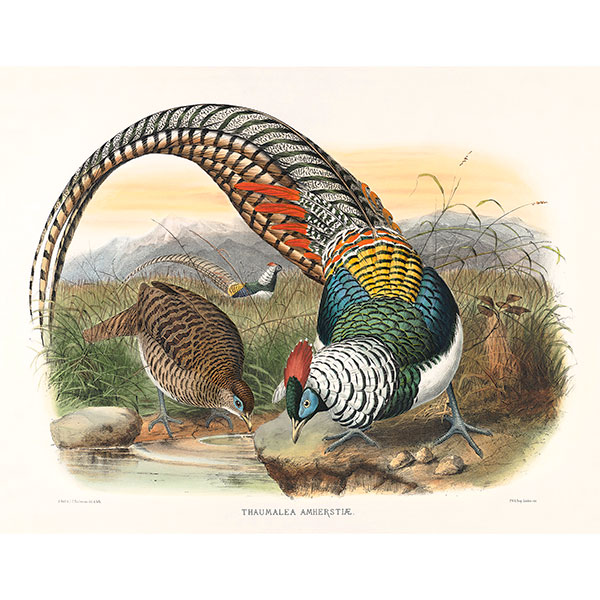
Lady Amherst's Pheasant J. Wolf
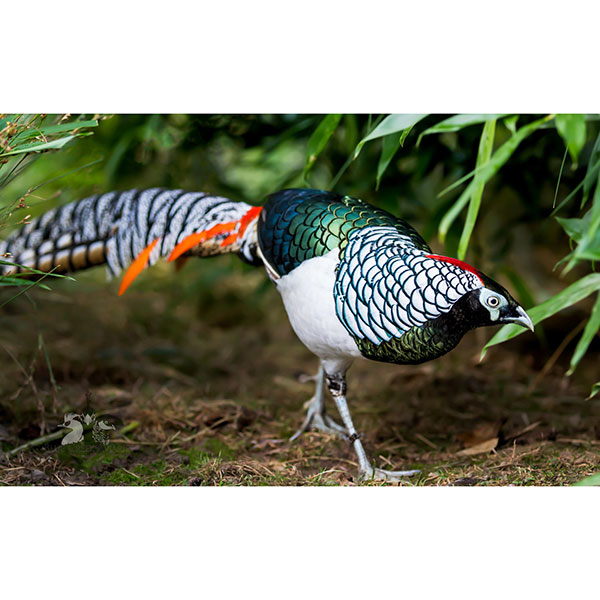
Lady Amherst's Pheasant
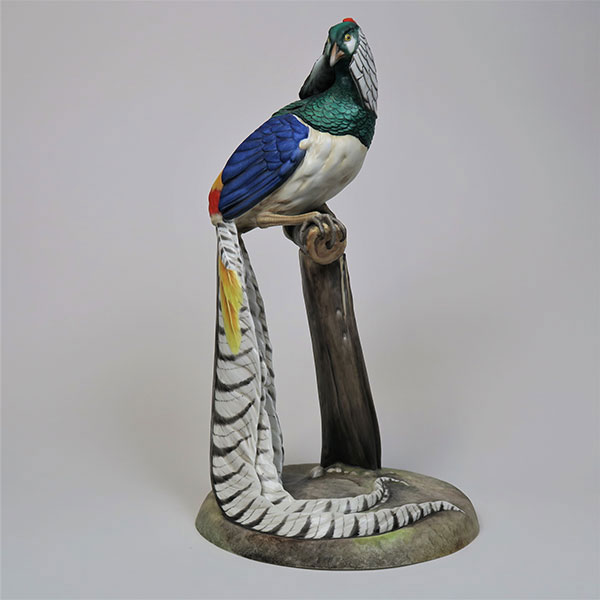
Royal Crown Derby Lady Amherst's Pheasant
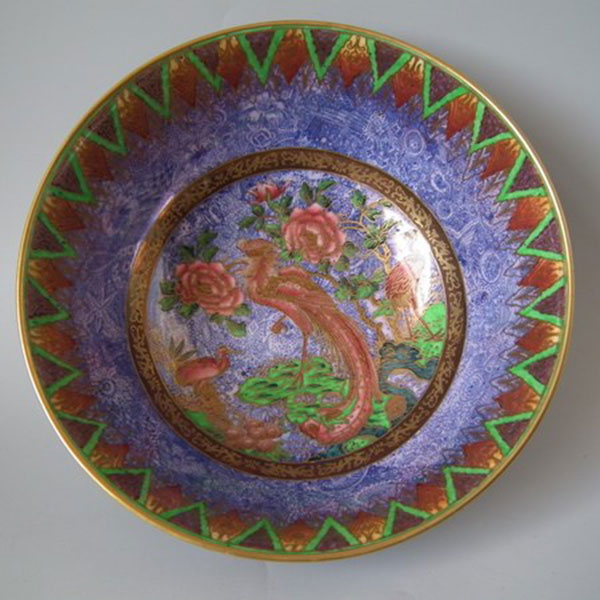
Wedgwood Argus Pheasant Bowl
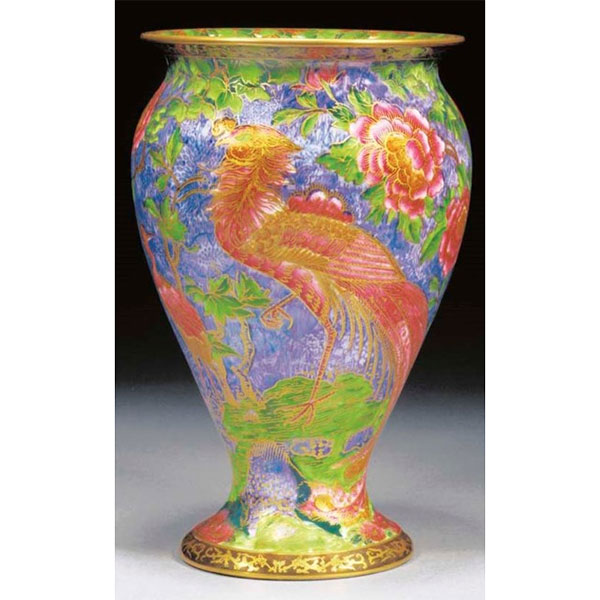
Wedgwood Argus Pheasant Vase
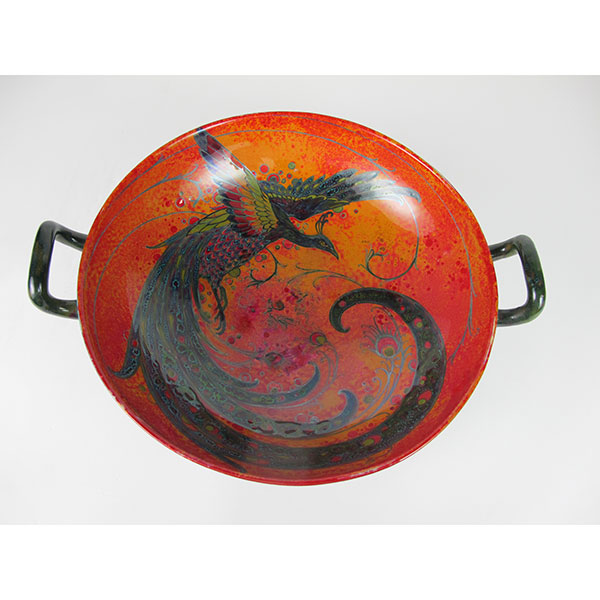
Royal Doulton Sung Peacock
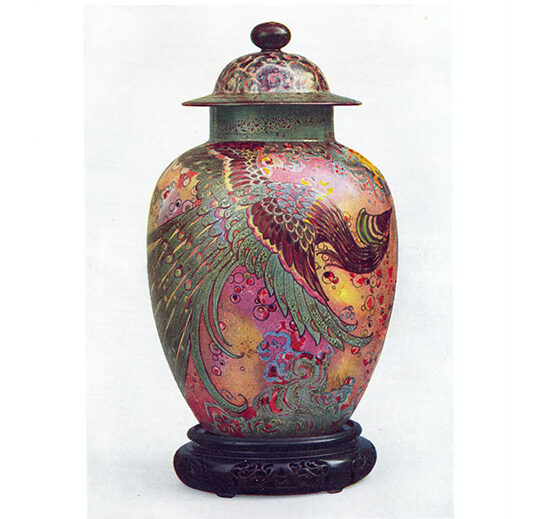
Royal Doulton Sung catalog
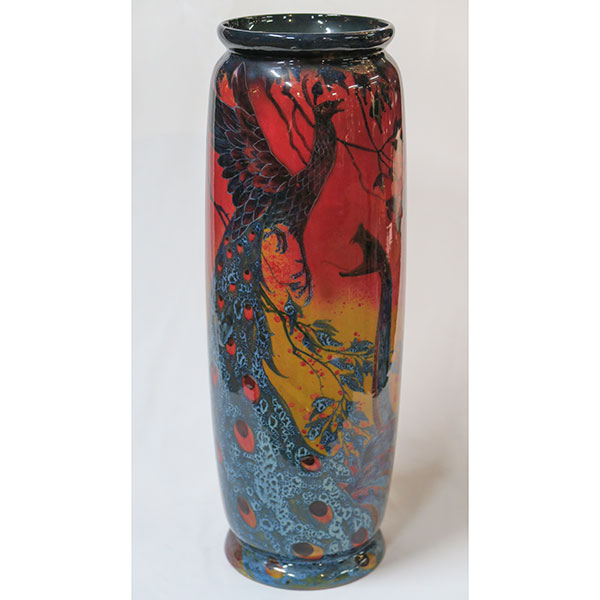
Doulton Sung Peacock & Snake Vase
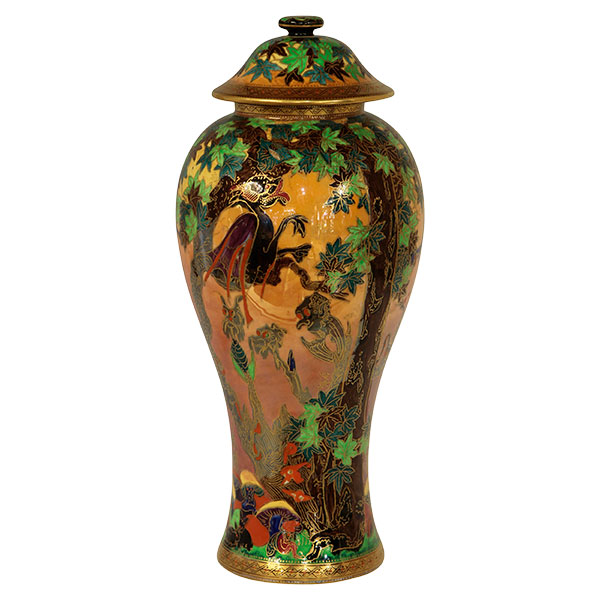
Wedgwood Ghostly Wood Roc Bird
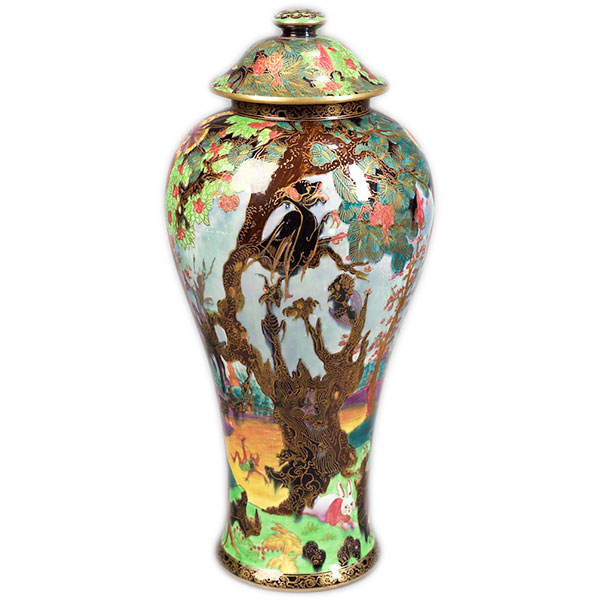
Wedgwood Ghostly Wood Roc Bird
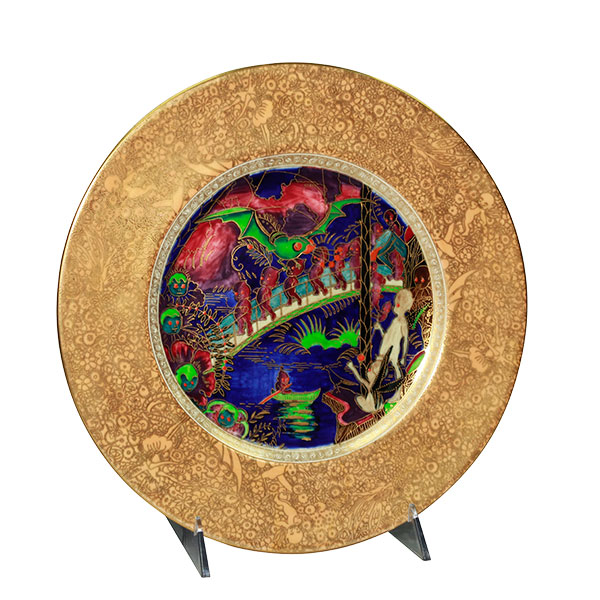
Fairyland Lustre Roc Plate
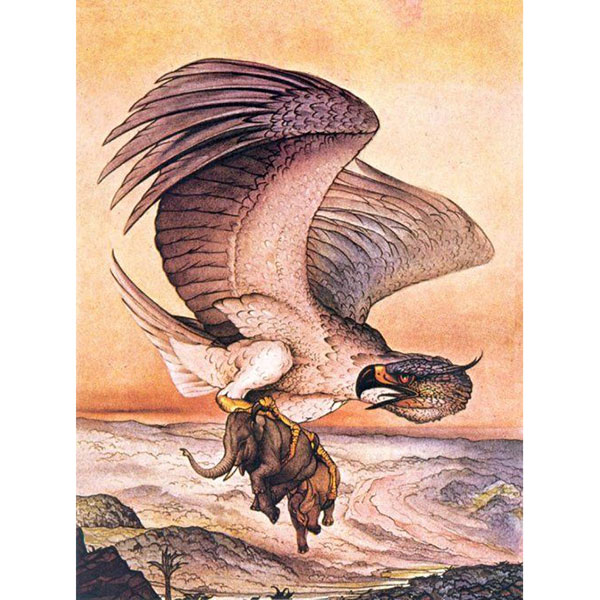
Roc Bird E. Detmold
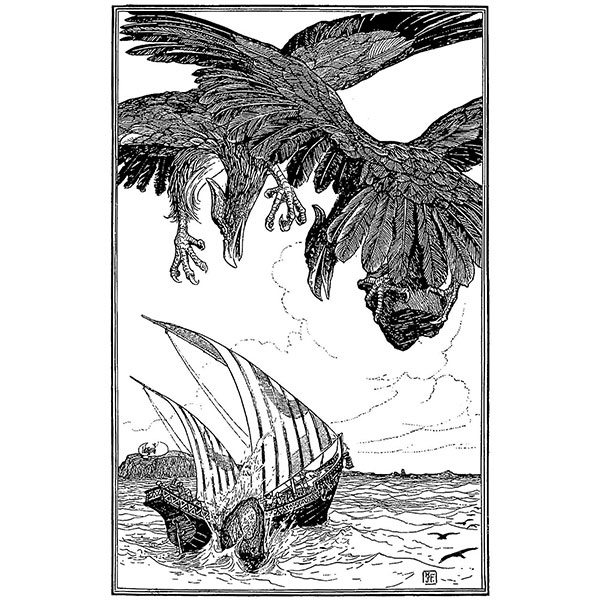
Roc Bird H. J. Ford
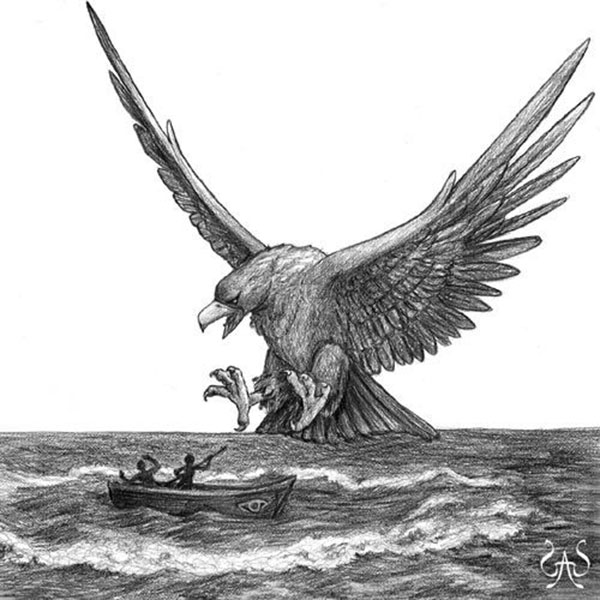
Roc Bird
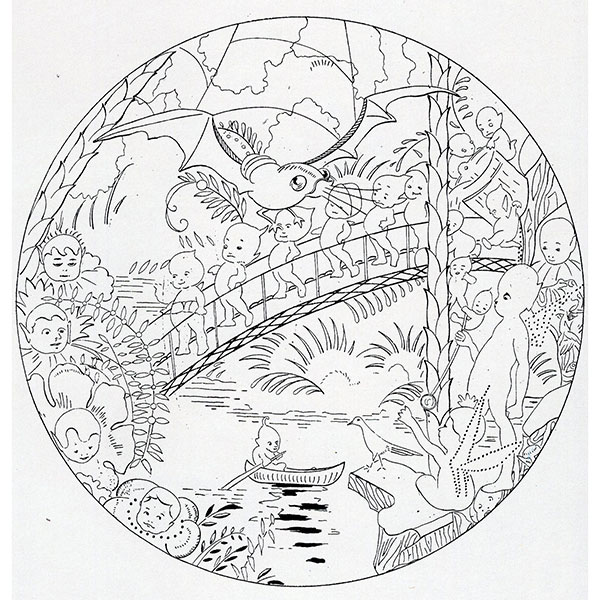
Roc Drawing Imps on Bridge Plate
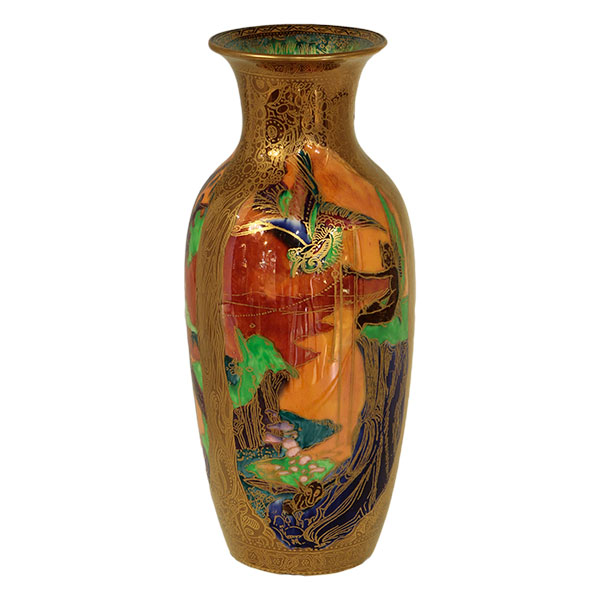
Wedgwood Fairyland Lustre Fenghuang in Sycamore Tree
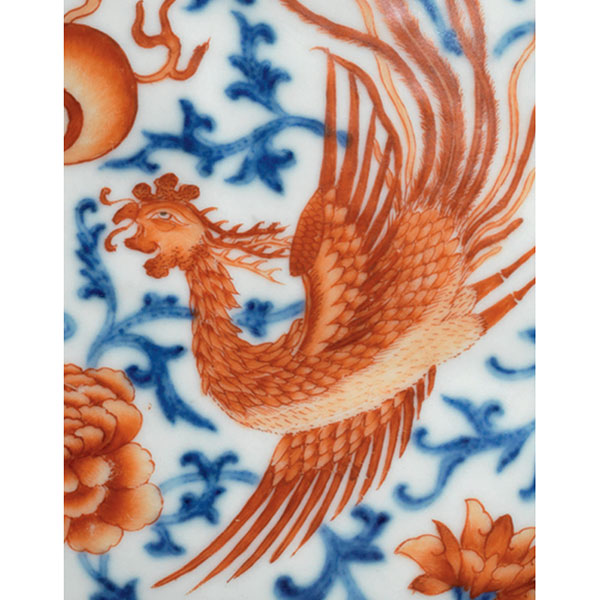
Chinese Flask Detail Phoenix and Flaming Pearl
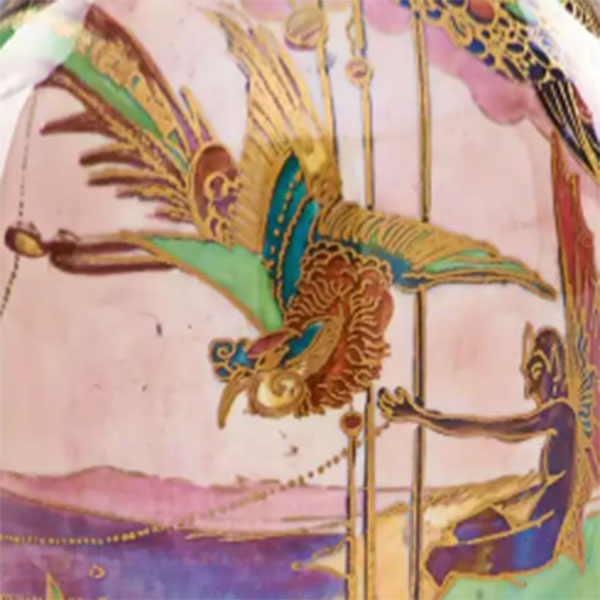
Wedgwood Fairyland Lustre Fenghuang Detail
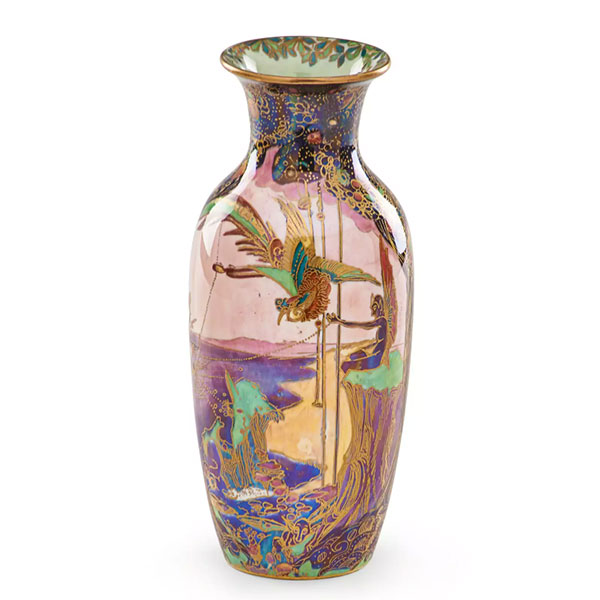
Wedgwood Fairyland Lustre Fenghuang Vase
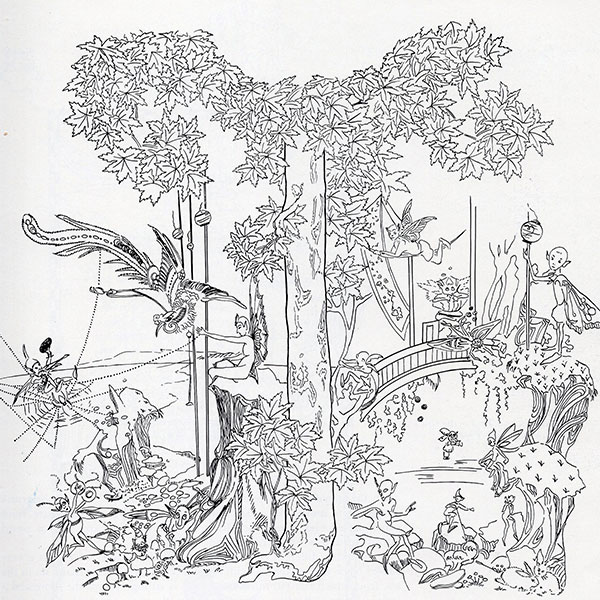
Wedgwood Fairyland Lustre Drawing with Fenguang Bird
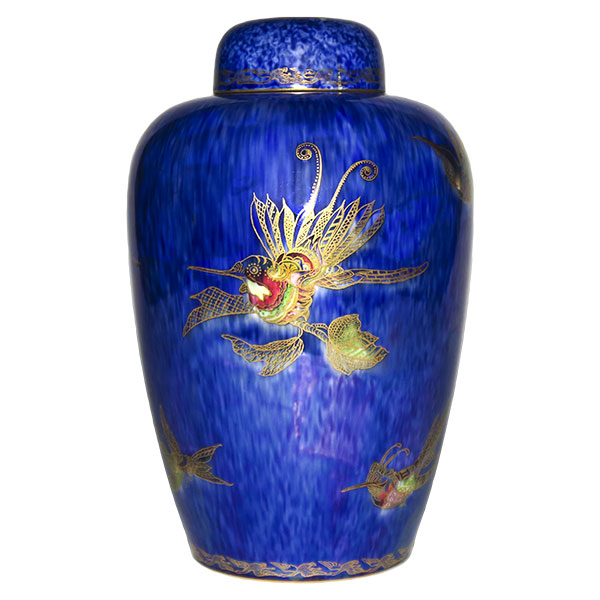
Wedgwood Lustre Hummingbird Jar
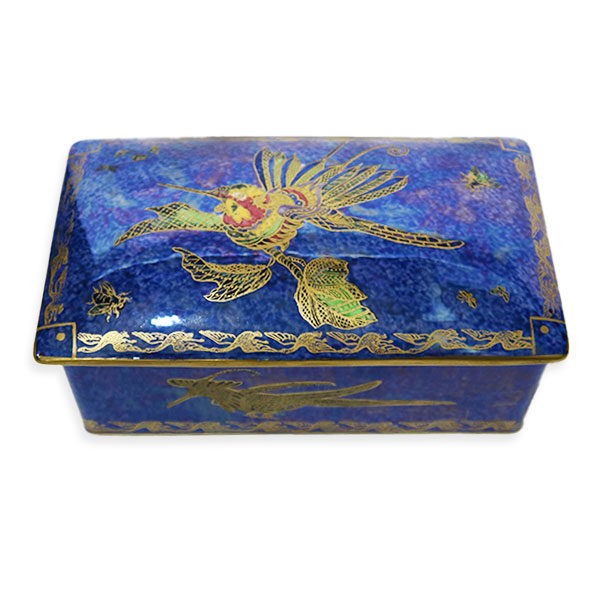
Wedgwood Hummingbirds Vase
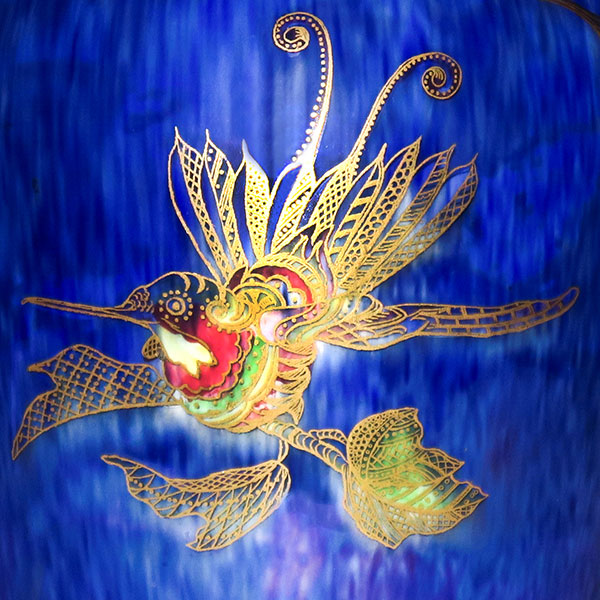
Wedgwood Hummingbird Detail
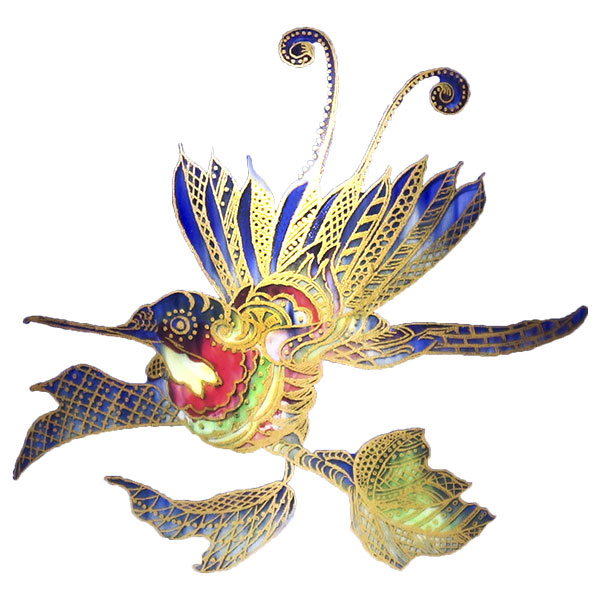
Wedgwood Hummingbird
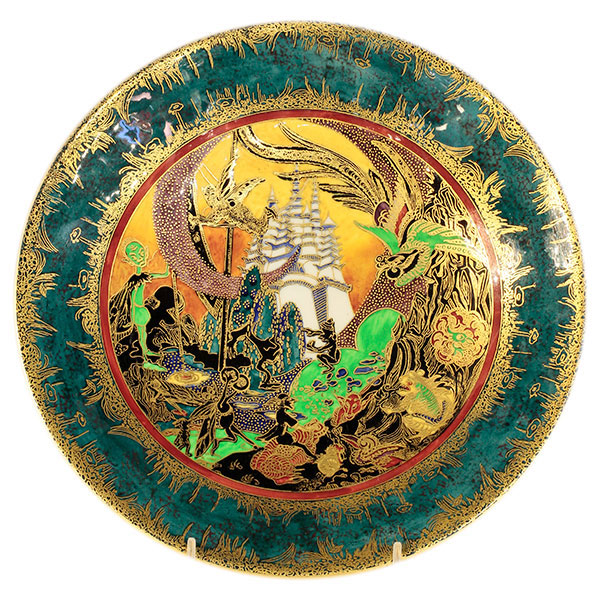
Wedgwood Fairyland Lustre White Pagoda
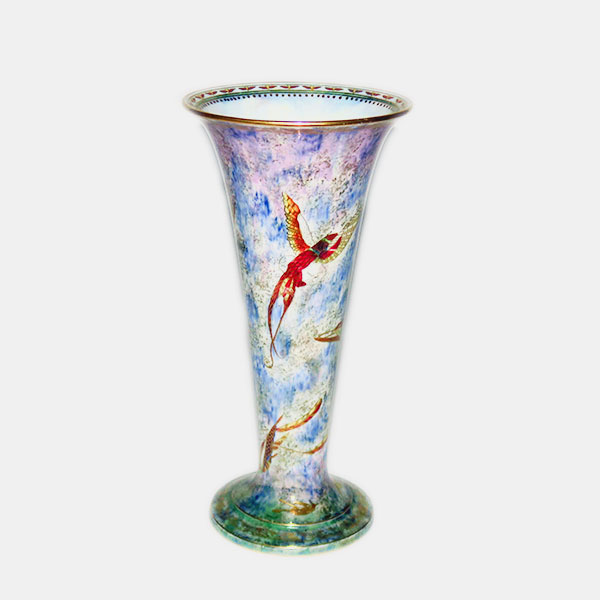
Wedgwood Hummingbirds Vase
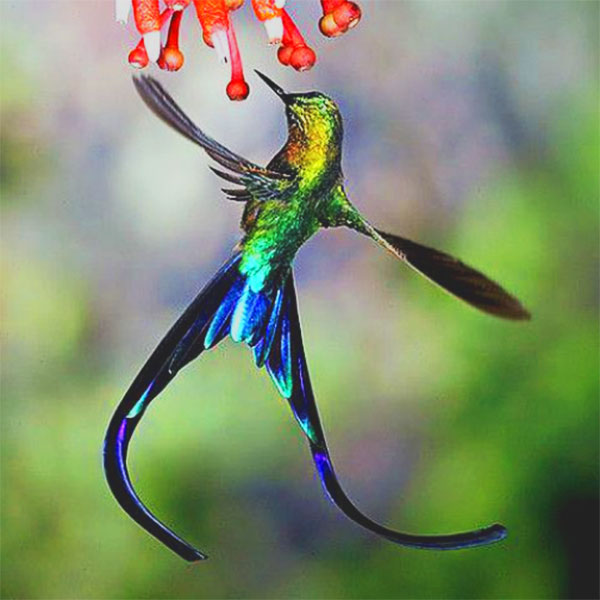
Hummingbird
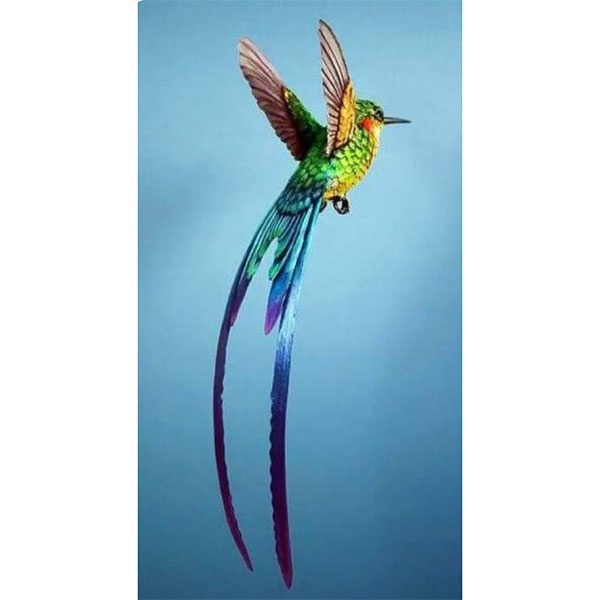
Sylph Hummingbird
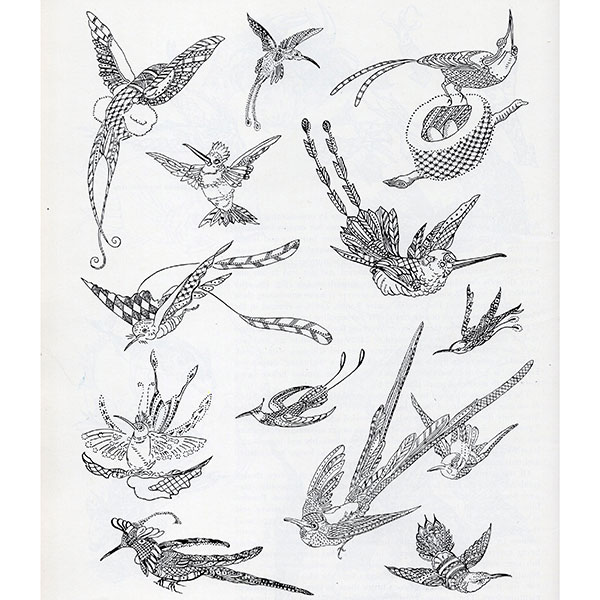
Hummingbirds Drawing Daisy Makeig-Jones
